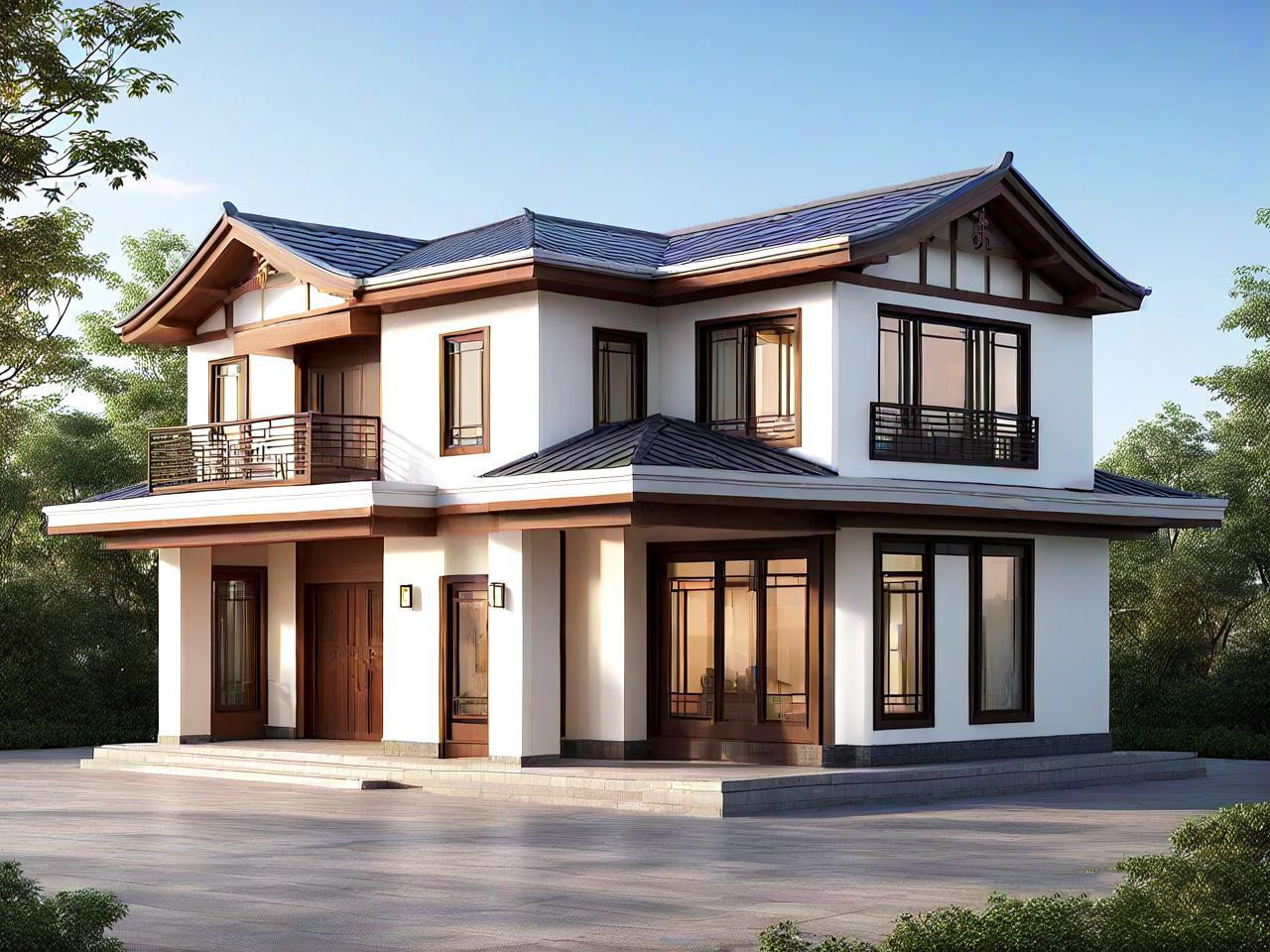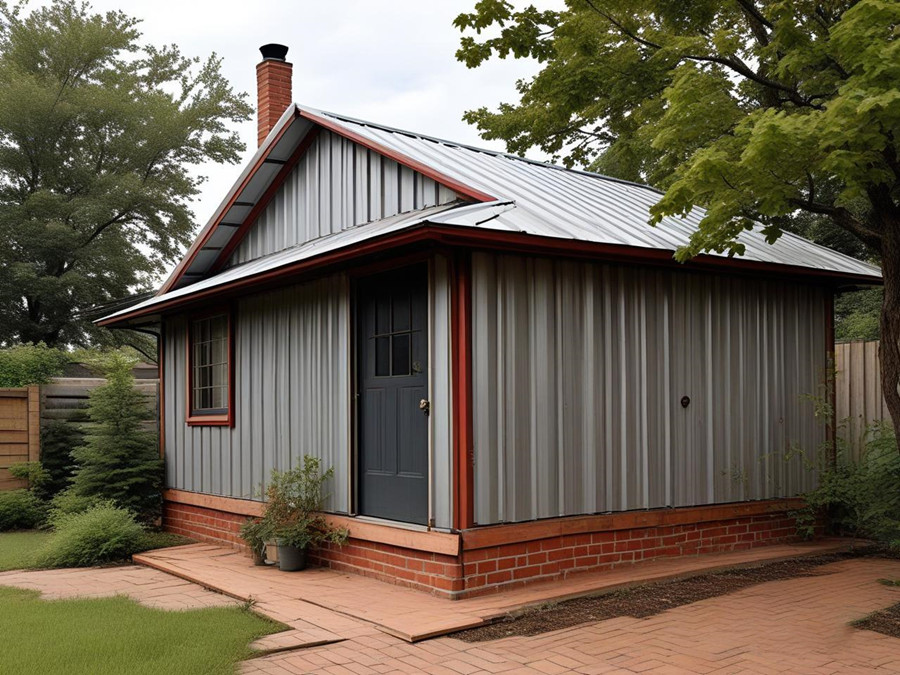In today's rapidly evolving construction industry, light steel villas have emerged as a new building form, gradually gaining attention. However, many people wonder: Do light steel villas get as hot as metal sheds in summer? To answer this question, we need to conduct an in-depth analysis from multiple perspectives. Let’s explore the answer together with Ruijie Light Steel Villas.

light steel villas
I. Comparison of Material Properties
Heat Conduction in Metal Sheds
Metal sheds are typically made of steel or aluminum sheets, which have high thermal conductivity. This means that during hot summers, external heat quickly transfers indoors through the metal panels. When sunlight hits the metal surface, its temperature rises sharply, rapidly increasing the indoor temperature and creating an uncomfortably hot living environment.
Insulation Design of Light Steel Villas
Although light steel villas also use metal materials for their structural framework, their walls and roofs are usually equipped with insulation materials such as rock wool, fiberglass wool, and polyurethane foam. These materials have excellent thermal resistance, effectively blocking heat transfer. For example, rock wool—an inorganic fibrous material with a porous structure—acts like a "thermal barrier" for the house. Additionally, the walls and roofs of light steel villas are typically composed of multiple layers (structural, insulation, and finishing layers), further enhancing insulation and maintaining stable indoor temperatures.

metal sheds
II. Differences in Ventilation Design
Ventilation Challenges in Metal Sheds
Due to structural limitations, metal sheds often have poor ventilation. Their layout and design hinder airflow, making it difficult for indoor air to exchange with the outside. In summer, trapped heat causes indoor temperatures to remain high, creating a stuffy and uncomfortable environment. Moreover, metal sheds usually have limited windows and doors, making it hard to establish effective cross-ventilation and reduce indoor heat.
Ventilation Advantages of Light Steel Villas
Modern light steel villas prioritize ventilation and natural lighting in their design. Strategically placed windows and doors facilitate natural airflow, while some models include additional ventilation systems like exhaust fans. Furthermore, shading measures such as adjustable blinds or curtains help minimize direct sunlight, keeping interiors cool and comfortable.
III. Air Conditioning & Energy Efficiency
Cooling Difficulties in Metal Sheds
Poor insulation in metal sheds leads to significant heat exchange, forcing air conditioners to work continuously to maintain cool temperatures. This not only increases energy consumption and costs but also reduces cooling efficiency, leaving occupants dissatisfied.
Energy-Saving Features of Light Steel Villas
Light steel villas integrate efficient HVAC systems and energy-saving materials like low-emissivity (Low-E) glass, which reduces solar heat gain. Their superior insulation allows air conditioners to maintain stable temperatures with less energy, enhancing comfort while lowering utility bills.
Conclusion:In summary, light steel villas generally do not become as hot as traditional metal sheds in summer. Despite containing metal components, their insulation layers, smart ventilation, and energy-efficient designs significantly improve thermal comfort. To ensure optimal cooling, proper material selection, design planning, and HVAC systems are essential. As construction technology advances, light steel villas will continue evolving, offering even more comfortable and eco-friendly living spaces.